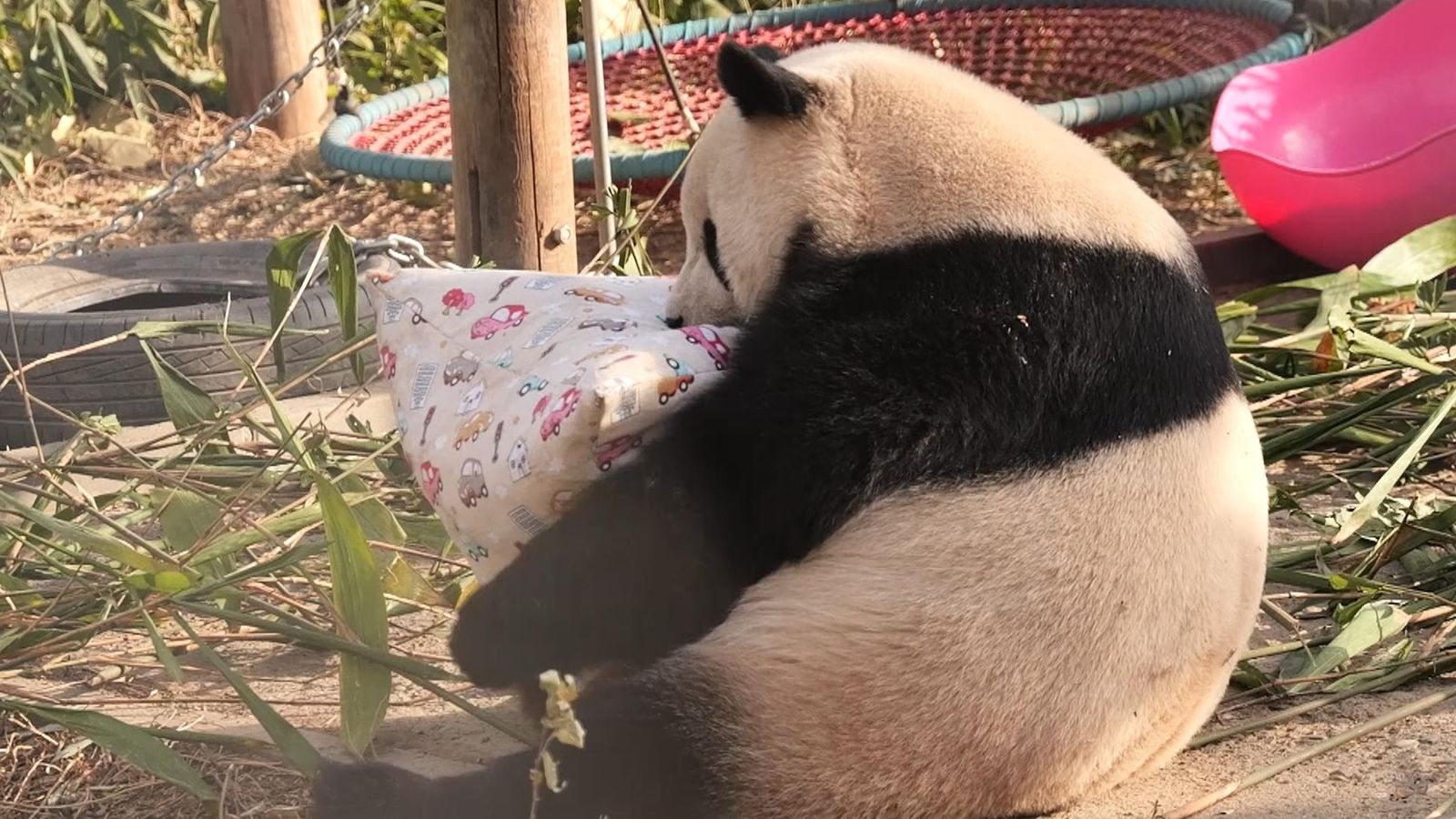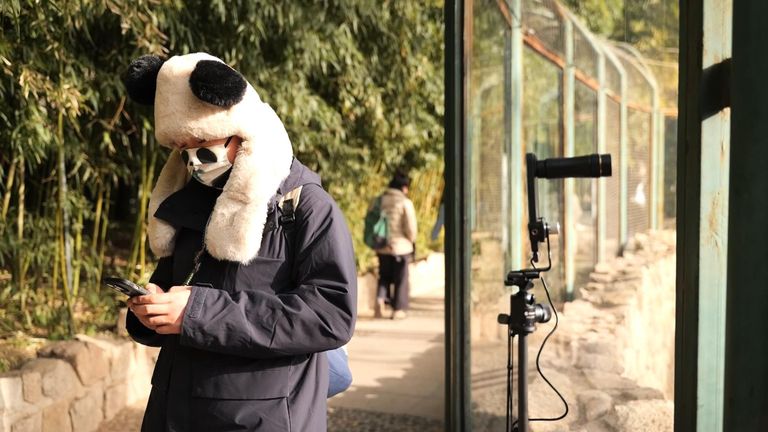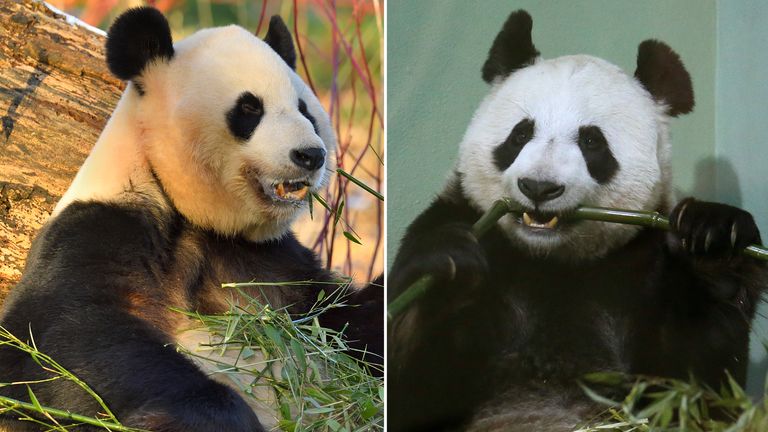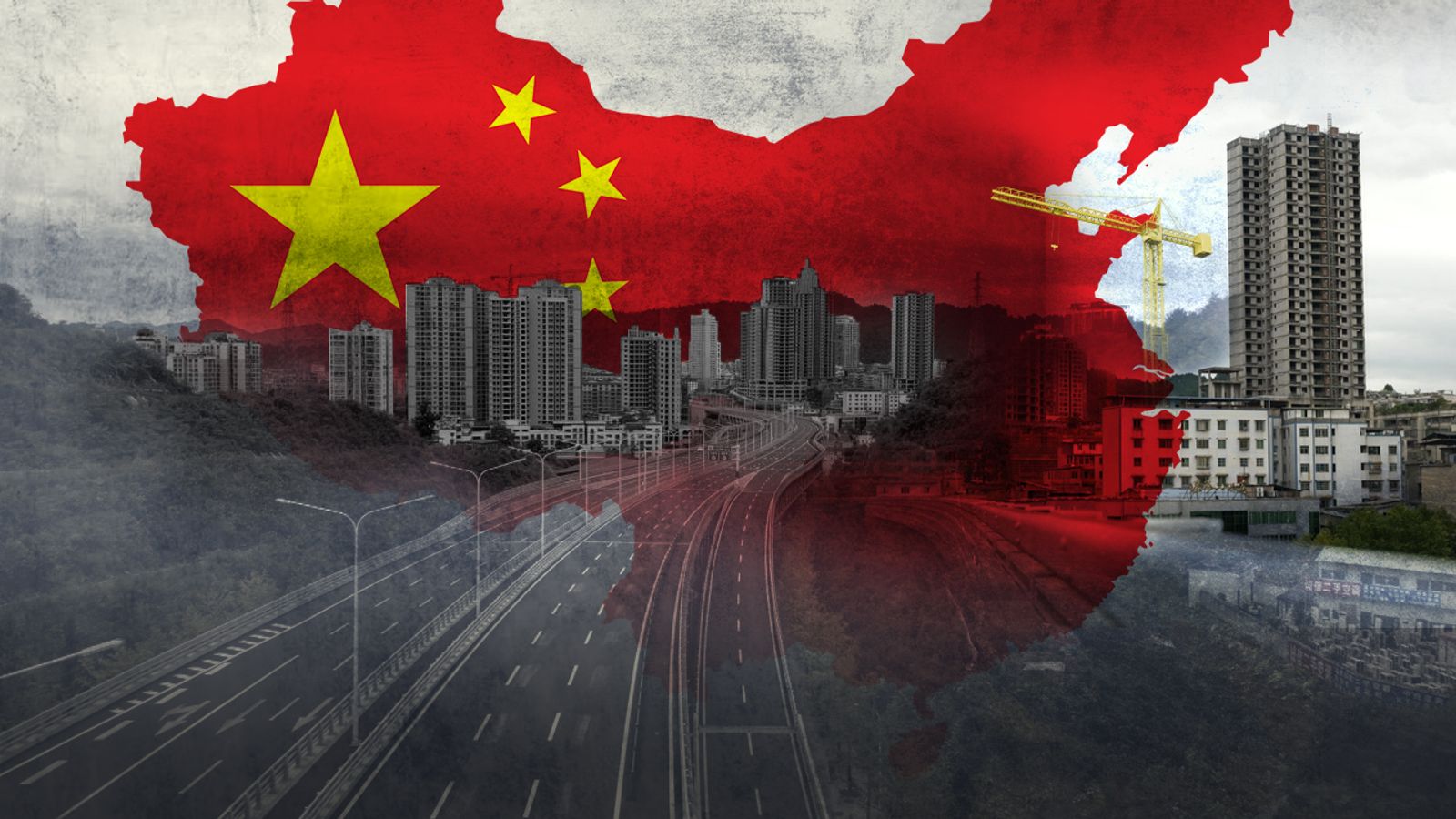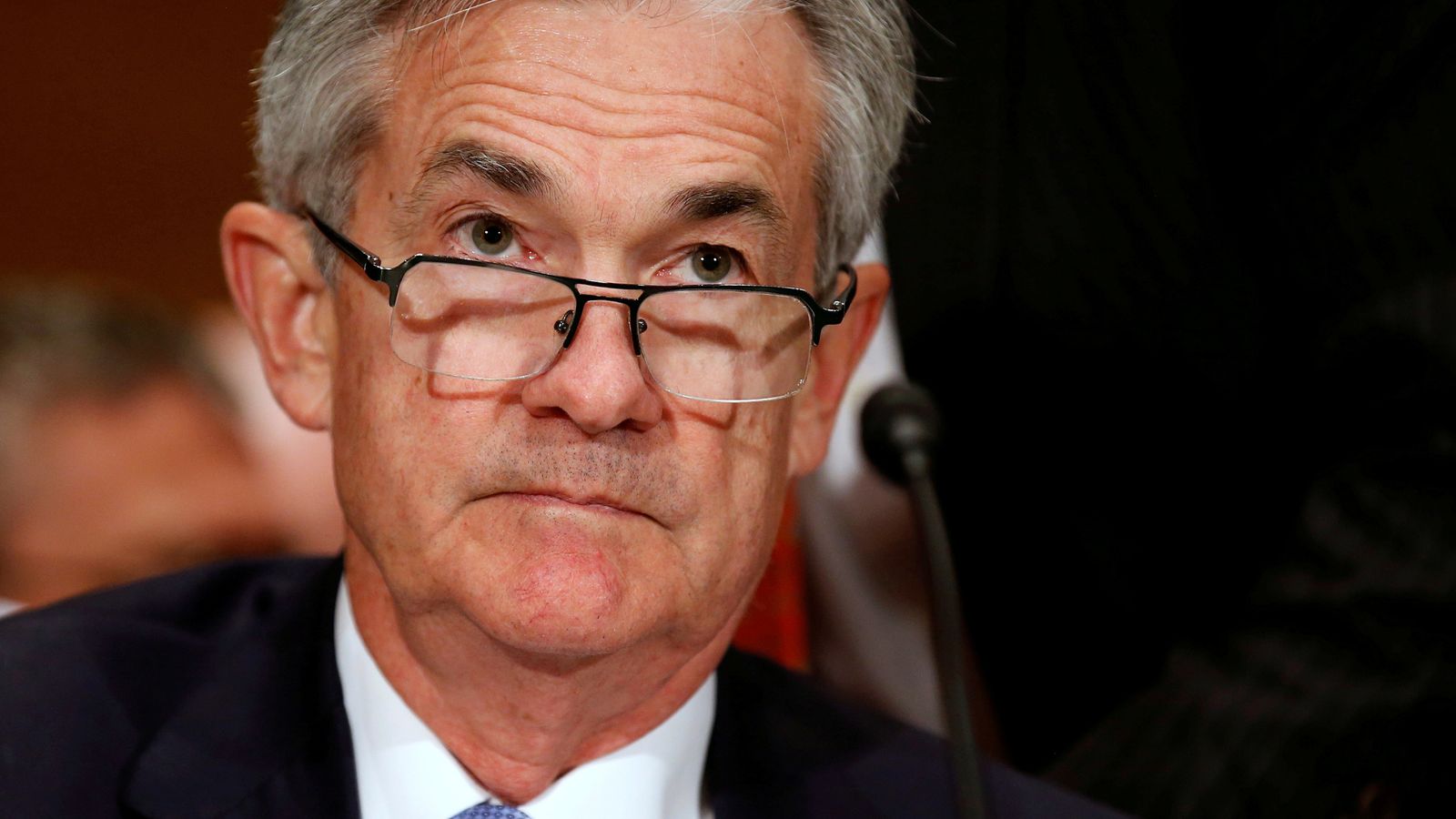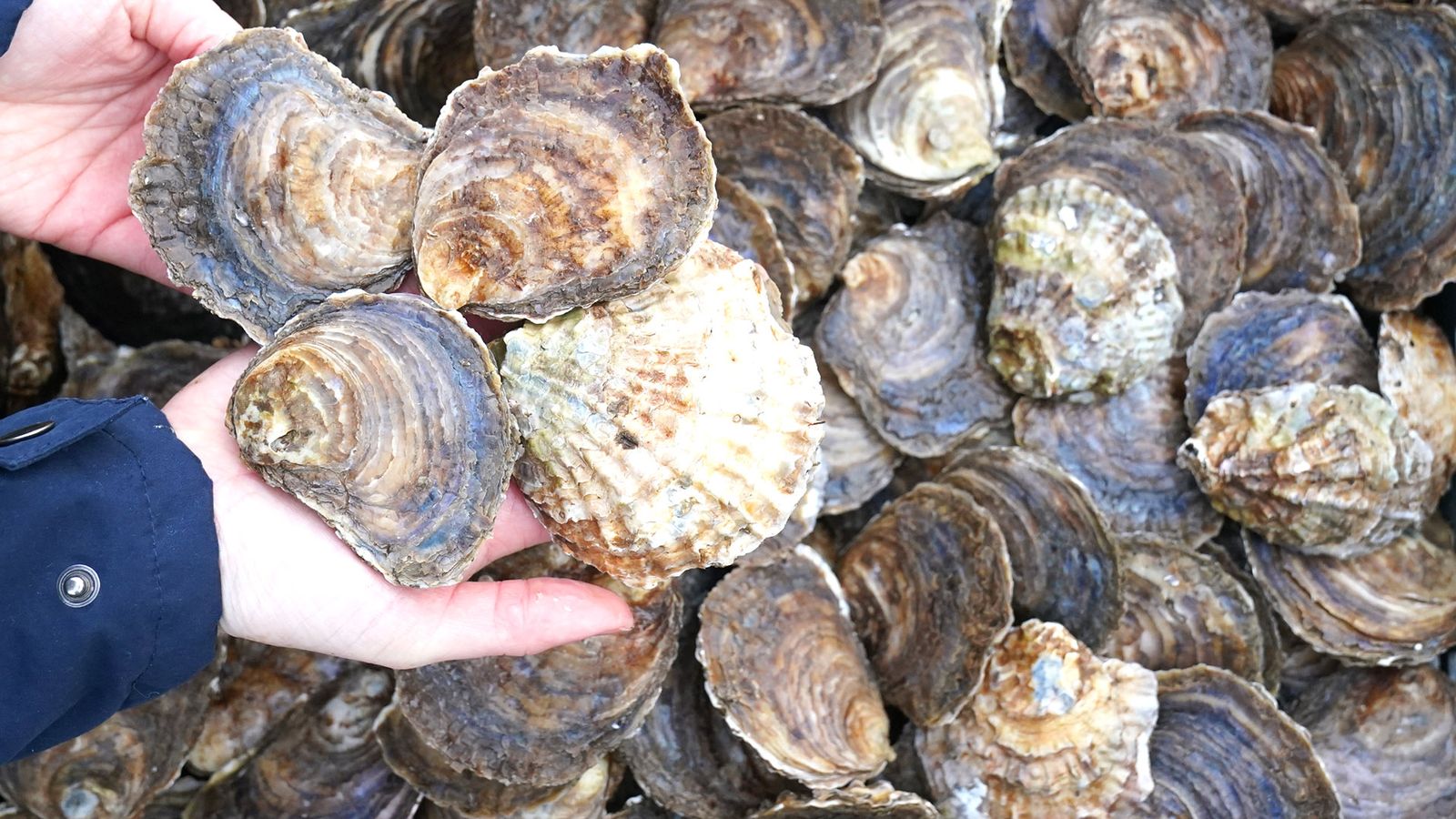
Pandas are China’s undisputed pride and joy.
They are a symbol of statehood, in many ways a national obsession.
But they are also valuable diplomatic tools and, in Xi Jinping’s China, a litmus test of sorts for the state of international relations.
Indeed, in 2023 unprecedented numbers of Chinese pandas leant abroad and hosted in foreign zoos have returned home and not been replaced.
In a sign of just how strained relations with the West have become, by the end of 2024 there will likely be no pandas at all in either the US, the UK, or Australia for the first time in five decades.
China has a long history of gifting its iconic bears abroad, with evidence of this practice happening as early as the 7th century.
In the modern era, these gifts have taken the form of loans and China gave its first pandas to America in 1972 following a visit to Beijing by then President Nixon and his wife.
But the principle has remained the same: a gesture of trust and a soft power tool around which China could curry favour and build influence.
Over the years, Chinese pandas have been hosted in countries around the world from the US, the UK, Germany and France to Japan and South Korea, but it’s unclear how much longer this practice might continue.
At Beijing Zoo there are always crowds of people who gather to see the pandas. Some have travelled a long way, while others visit multiple times a year.
And there is one resident in particular whose story explains what a serious diplomatic business the lending of pandas has become.
Ya Ya is 23 years old and a solid fan favourite. She is not currently on show to the public, but the zoo releases weekly videos showing her progress.
Read more:
Behind Joe Biden and Xi Jinping’s warm gestures, bigger and intractable problems remain unsolved
China’s President Xi Jinping signals more pandas could be sent to the US
She returned home earlier this year from a long-term loan in America, amid a social media and diplomatic storm.
After images of her from Memphis Zoo looking skinny with ragged fur went viral, angry Chinese social media users called for her to be returned and the accusation that America was mistreating her spread rapidly.
Although Memphis Zoo insisted her appearance was down to a genetic skin condition and even though Chinese authorities later said Ya Ya had been treated well, the rumours were not curtailed by the censors and were enough to have influence on public opinion.
“All the sufferings Ya Ya had in America made me very uncomfortable,” says Shao Yanping a regular zoo visitor and a close follower of Ya Ya’s story.
“I don’t like America. The way they’ve treated our national treasure makes me dislike them even more. She was abused there. You can see with your own eyes. Just saying ‘we didn’t abuse it’, is not okay.”
The fact this narrative was allowed to run was indicative of increasingly strained relations. At the time little progress had been made to patch things up following the so-called spy balloon incident.
But while Ya Ya became a symbol of spiralling tensions, many other pandas were also being withdrawn.
Indeed, adult pandas Yang Guang and Tian Tian made their way home from Edinburgh Zoo recently after a stay of 12 years, while three pandas left Washington’s Smithsonian National zoo in November after their lease was not renewed.
The only pandas remaining in the US are in Atlanta, and their lease is also set to expire in 2024.
By the end of next year, there will likely be no pandas in the States for the first time in 50 years.
“Having that kind of connectivity to the outside world is really wonderful for China and it’s great for the world to know more about China.” says Professor Robert Koepp, an expert on China-US relations and director of the Asia-Pacific Geoeconomics and Business Initiative.
He explains that while removing soft power tools may not serve China in the long term, it is reflective of its new harder line diplomacy.
“You had this ‘Panda Diplomacy’ but lately it’s been more ‘Wolf Warrior Diplomacy,’ this highly aggressive form of, you can’t even call it outreach, it’s posturing.” he says.
“So we’ve gone from pandas to wolves, from cuddliness to aggressiveness, and that isn’t to say that China shouldn’t feel it has the right to be assertive and look after its own interest as any country should, but it’s the way it’s gone about it, it really isn’t earning too many friends outside maybe Russia and North Korea.”
Indeed, China is still sending pandas to some and it’s perhaps indicative as to where its loyalties lie.
Russia is one recent recipient. Pictures of President Xi and President Putin beaming together at Moscow Zoo crossed the world in 2019, and China has since then moved ever closer to its northern neighbour.
It is possible pandas could return to the West. Xi Jinping hinted as much at a recent summit with US President Joe Biden in San Francisco.
But while that summit offered a very slight easing of tensions, there is still so much that divides them and thus so much that could block any future agreement.
For now, it seems, pandas remain a precious bargaining chip, and a symbol of strained relations.

